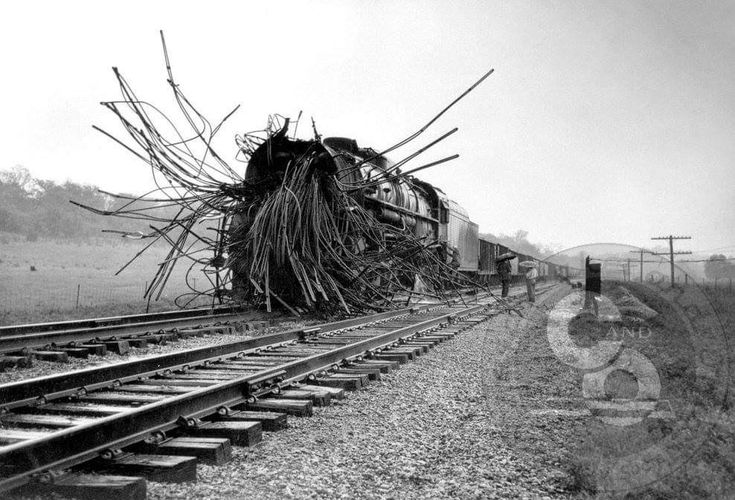Hi everyone.
I was wondering if there were many occasions where a rail accident lead to a boiler explosion?
Thinking about the huge forces involved in some of the railway disasters in the steam era, I don’t recall there being much more than large leaks of steam rather than full scale explosions (which I assume would have been fairly devastating)?
But the boilers of the locos must have still been working at high pressures?
Any help with knowledge would be much appreciated.
I was wondering if there were many occasions where a rail accident lead to a boiler explosion?
Thinking about the huge forces involved in some of the railway disasters in the steam era, I don’t recall there being much more than large leaks of steam rather than full scale explosions (which I assume would have been fairly devastating)?
But the boilers of the locos must have still been working at high pressures?
Any help with knowledge would be much appreciated.



![The-Engine-that-Brought-Down-an-Aircraft-825x510[1].jpg The-Engine-that-Brought-Down-an-Aircraft-825x510[1].jpg](https://www.railforums.co.uk/data/attachments/79/79734-56d1eb2528a81fe81e5401ac001cacf9.jpg)